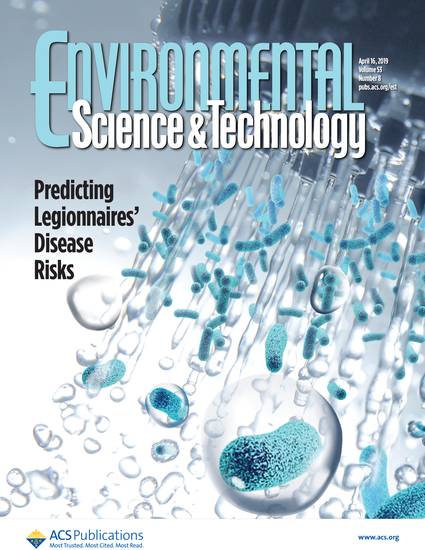
Article
Modeling spatial and temporal variation in natural background specific conductivity
Environmental Science & Technology
(2019)
Abstract
ABSTRACT: Understanding how background levels of dissolved minerals vary in streams temporally and spatially is needed to assess salinization of fresh water, establish reasonable thresholds and restoration goals, and determine vulnerability to extreme climate events like drought. We developed a random forest model that predicts natural background specific conductivity (SC), a measure of total dissolved ions, for all stream segments in the contiguous United States at monthly time steps between the years 2001 to 2015. Models were trained using 11 796 observations made at 1785 minimally impaired stream segments and validated with observations from an additional 92 segments. Static predictors of SC included geology, soils, and vegetation parameters. Temporal predictors were related to climate and enabled the model to make predictions for different dates. The model explained 95% of the variation in SC among validation observations (mean absolute error = 29 μS/cm, Nash-Sutcliffe efficiency = 0.85). The model performed well across the period of interest but exhibited bias in Coastal Plain and Xeric regions (26 and 30%, respectively). National model predictions showed large spatial variation with the greatest SC predicted to occur in the desert southwest and plains. Model predictions also reflected changes at individual streams during drought.
Disciplines
Publication Date
Spring March 12, 2019
DOI
https://doi.org/10.1021/acs.est.8b06777
Citation Information
John Olson and Susan M. Cormier. "Modeling spatial and temporal variation in natural background specific conductivity" Environmental Science & Technology Vol. 53 Iss. 8 (2019) p. 4316 - 4325 ISSN: 1520-5851 Available at: http://works.bepress.com/john-olson/11/
